… But Not Everyone Should Make a Career of Them.
Comics have more to teach us than simply the ins and outs of their own medium particulars. If you boil it down to its simplest form, comics are a storytelling medium, as all our writing, and illustration work truly is. Whether we make book covers, album jackets, movie posters, children’s picture books… even character design… they all derive from the need to understand, comprehend and interpret narratives in some form. Comics put that scale of understanding and education to the maximal test. It’s a medium that operates on two fundamental tentpoles: writing and art. Each a discipline that could garner a lifetime of work and practice on their own, but comics require you to master both. That’s partially why so few actually can make a go of it as a medium, and why so many of them are broken up into their respective jobs of writer and artist. It’s an attractive and magical medium to be sure, becoming more and more part of our culture in a wider way than the simple ghetto of direct sales comics shops pushing out superhero books of the past. Comics has begun to come into its own in our country more and more each and every year, and yet, the scale of quality books is ticking up only by inches. Why is this? Because comics are HARD. This is why it’s so essential as a value to any artist interested in the above mentioned careers, but that doesn’t mean it’s the medium for you to pursue. In fact at the end of it all, it probably isn’t. Here’s a guide to see why and how:
COMICS ARE STORIES FIRST
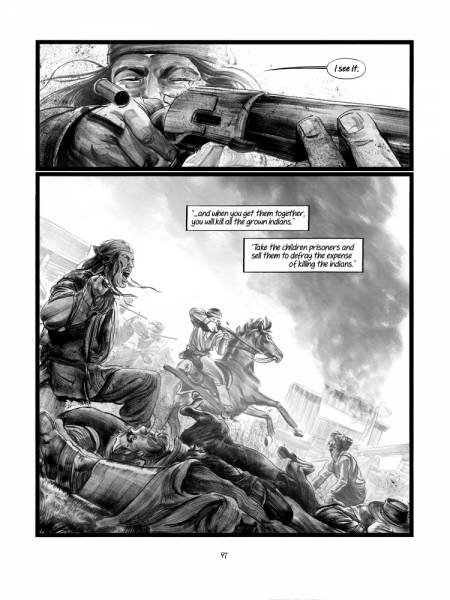
So my advice if you’re looking into comics as a medium you’d like to try, and as I stated in the title of this article, I sincerely think everyone should take comics out for a drive, reread and study stories, watch them in tv and movies. Drench yourself in the medium of narrative. If you’re even thinking about comics at all you’re likely already interested in stories and telling them. SO. Study what you love and as much as you may be passionate about the art driving comics, never forget that the more you know how stories work the better you’ll be at telling them in comics. Even if you seek only to illustrate comics partnered with another writer, you’ll still need to recognize the pecking order of purpose here, and how and why a comics script works or doesn’t in how it expresses its story for you to draw one successfully. Don’t be afraid to study basic three-act story structures, try to get a grip on your own writing, your use of vocabulary and character development. Soak yourself in stories and they will lead you through the bramble of comics no matter what side of the medium you seek to operate from. Know the thing you are aiming to use, like any tool, and it will reward you by singing the song you wish to hear sung.
COMICS ARE HARD WORK
Comics require a LOT of work. More than any other medium in terms of drawing even as compared to storyboarding and animation. It is to put it lightly an insane amount of work. If the average graphic novel is about 200 pages long, and boasts 5 panels per page to tell its story, that’s a 1000 drawings right there. And believe me that’s likely about four hundred more drawings short in that you will need to draw the characters repeatedly to nail down their basic looks, and know that you will make some poor ones that never make the final cut of the book. You may find while working with an editor that even after you’ve drawn your book, pages get cut for narrative clarity or structuring, and more may be needed. The average children’s picture book is around 40 pages long, but really tends to only require about 20 or so paintings or drawings to come together. That’s only 4-5 pages of comics. Think about that. A single scene in a story of comics can be the equivalent of an entire children’s picture book, and still be twice as challenging because it needs to do more mechanically and speak to more with regards to the larger narrative. Most folks who decide they want to draw a comic usually crash upon the rocks of this reality within the first 15-20 pages if they’re lucky. More often than not this truth hits around 5-10 pages when it comes to doing them.
Comics require an understanding of anatomy, character design, emotional storytelling and placement not just for narrative impact, eye-flow on the page in conjunction with word balloons and captions that will cohabitant to tell the story, but also a flexibility to avoid getting trapped into the dull mediocre flats cape of the middle ground in visual storytelling. Every single panel of a comic should tell us something new about the story, character or moment being expressed. Every. Panel. That doesn’t mean something new equates to some grand revelation. it could be simply showing a character is left handed or hates milkshakes, or has something to hide, or is lying, or is scared of mice, is balding and trying to cover it up, is lonely, is not quite yet dead… It’s a lot to consider and if you go deep enough can feel impossible to achieve. But the secret sauce in comics is not that you need to show every inch of detail to establish a character’s reality and weight, you just need a light touch to let the reader’s mind fill in those bits in order to assume the rest. It’s a bit like how dreams are made: the mind will people the architecture of a world with the presumptions we take for granted, and the artifact only emerges when we bore down and pick those presumptions apart. Superman comics, Batman, even Little Nemo and Peanuts are all terrifically simple stories told simply and succinctly, and yet these characters and places are deeply iconic to our lives and culture in endlessly rich ways. It can be at time like how bugs Bunny paints a mural with a single paint roller, dragging it across a blank wall and magically leaving behind instantly painted real life worlds for Elmer Fudd to get lost in while chasing him.
COMICS ARE BIG AND SMALL AT THE SAME TIME
When thought about it fully comics require and demand a dizzying amount of thought, planning and work that can make you prefer jumping from a high mountain. If you read a comic that’s working well it grows in you like a forest and makes impossibly large big universes to live in and explore. But it only requires simple little books to get there. A graphic novel requiring years of work can be read in minutes, and yet expand within you some place larger than even possible in a prose novel or even a film. Comics have layers and employ a multilevel of storytelling few films ever hope to achieve and unlike film are utterly devoid of the constraints of a special effects budget. While it should always be remembered that comics are not movies and vice versa, that both may seem similar to each other, they both utilize fundamental laws of physics that prevent one from retelling the other in a way that functions. Movies are passive experiences using time and sound in a way not present in comics. Comics on the other hand lack sound and motion and a prescribed movement through time, and most importantly demand active participation. Comics really happen in the reader’s head. That’s where these little panels all come together to convince you to care about a particular story. And in their the landscape can be infinite.
It’s also important to note that comics, their pace and timing are entirely controlled by the reader. This is largely why comics with synchronized soundtracks fail- there is no set pace of reading that doesn’t conflict with the varying speeds and methods the reader applies to the medium of reading a comic. Comics are a deeply intimate medium, personal to a singular eye. It’s the only book never meant to be read aloud and impossible to do so in a way that isn’t clunky or ridiculous. Comics employ a quiet one on one relationship with the reader that makes them unique and powerful, but should never be forgotten as a basic mode of how they work. This is why the first reader of the comic is always the artist, no matter who writes it. This is why no matter how insanely Alan Moore detailed your comics script may be, it is not the comic. When we make a comic and assemble these little images together on a page, and do it right, it’s a lot like Dr. Frankenstein reassembling a human form, pushing lightning through the corpse and then watching it sit up and walk around. When comics are working or not, you’ll know if it doesn’t wake up and start moving within three pages. It is the assembly of parts that make a whole greater than those parts’ sum total. That’s where the magic of comics is and that’s also where it’s most addictive parts lie too: once you are a part of making a story rise up there really is nothing like that thrill. It’s an act of pure creation and once that gets its hook into you, you’re done for.
COMICS TEACH BREVITY AND CONSISTENCY LIKE NO OTHER MEDIUM
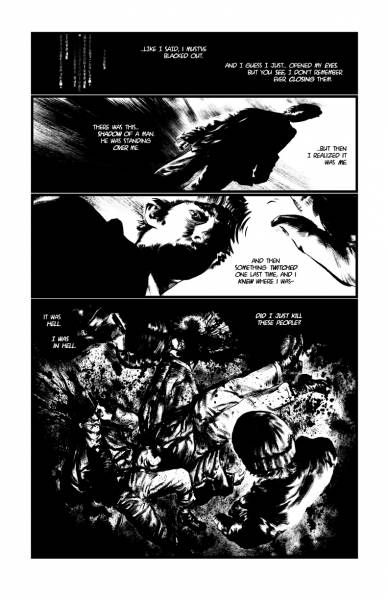
Some can bang these out two or three pages a day as in the case of creators like Kyle Baker of that crazy man production machine, Sergio Argones. One of the best things I’ve experiences is the relentless pace of putting out a whole comic on a monthly schedule through the comics publishers. It is a hellish pace but once mastered really burns away a lot of the obsessive naval gazing that can happen in painting or drawing a single image. You gotta get going and sometimes you need to leave troops on the battlefield and hope you have time later to swing around and pick them up after. Once you’ve gone through this, been hardened by this you’ll find your ability to quickly assess what’s working and what isn’t is honed to a laser focus. You can judge imagery more quickly, and be practiced in letting things go. Sometimes comics made by terrific artists are simply not good comics, despite how beautifully drawn they are. Often those books can be mere portfolios of art rather panels subjective to the story being told. In comics while no panel is alike and all should teach something new, there is a flattening of value in this socialism of the collective at work too- all of them are only as valuable as they submit themselves to their master: the story being told. Comics are a basic simulacra: a copy without an original. They are the whole of collective parts and are alive only when all those parts are in sync with each other. If you stop to ponder a particular panel, the story stops. So I always encourage practice patience and the long slog over the flash and bang of splash pages dynamic panels and breaking the fourth wall to get a attention.
COMICS ARE NOT FOR THE OLD
This is one of the hardest truths to come to when I am approached by folks my age or older who decide to suddenly start making comics. It’s really a medium for the young, not because its a childish medium but because it requires so much devotion and learning, it insists on a simple life where such obsessiveness can flower. When I was first starting to write and draw my first series, SUDDEN GRAVITY, I was a dewy 22-year old out of Pratt whose only really outside concerns were making rent on time, eating and having beer money for going out with friends. Now, in contrast, I have a mortgage and a house to keep up with, cars that need maintenance and care, two children and all their needs and demands, a wife with whom I need to pay attention to and grow our partnership with, taxes, career, meetings, press, contracts to fiddle with, emergency visits to the ER for when my boy cuts himself with his pocket knife, school meetings, and now teaching. When you’re older the stakes are higher, the consequences greater and the need to survive more challenging. We also simply as we get older, get more tired. I used to hang sheetrock all day, come home get a burrito hang out with Jen and then go into the studio and draw Sudden Gravity until 4 am int he morning, rinse and repeat. I could never keep that kind of pace. My body as a 46 year old man can’t live on that kind of diet and simply put I just don’t have the stamina to keep that kind of pace for long. When I was finishing up INDEH, in the final worst crunch, I was putting in 17 hour workdays 7 days a week for a month. It nearly wrecked me. My kids became strangers to me, my wife a ghost in a house I seldom visited… it was not good.
If I had to begin to learn the medium of comics right now, what took me 10 years to get a grip on in my twenties, would easily take as much as 20-years or more today to learn…. which means finally getting to a professional level of understanding of comics by the time I’m in my late 60’s. It just takes a lot to do to make a career in comics happen and so much of that work means burrito chomping over a drawing board in your lap of a studio apartment you share with two others roommates. Its obsessive and a selfish medium demanding a lot of attention- mores when you are just starting to make it work than when you’ve got the tools down and can start going with it.
I’m not saying that anyone over the age of 22 should give up on chasing comics as a medium of choice. Not at all. The medium has a lot to teach you in any age at any time in your life. The industry of making comics and the career path is more what I’m pointing to. And like with all rules in art, there’s a ready-made example of a break from those rules. I’m only speaking to this insofar as to suggest and remind to those looking to get into it that it’s really hard work and takes a lot to get where you need to be to be a career professional. It’s hard enough to learn to art and learn to write, but doing both with adult requirements tugging at you can be really vexing.
When I give a lecture about the medium of comics I often set up the same joke: I ask everyone who like comics or are familiar with them, and most of the room raises their hands. When I ask who is interested in making them, fewer hands rise, but many nevertheless. To those raising their hands I then flip it and warn them to get out. Stay away like a recovering junkie at an NA meeting warning you never to get caught up with the dance with Lady Lucifer. I’m hooked on them and even I don’t see doing more than a few more major full length graphic novels in my career. It’s exhausting, demanding, time consuming, and there is no giant fee in the extreme that you can get from any publisher that comes close to paying in a legitimate way that can keep you fed housed and alive. It used to be little different but it’s harder now. Nothing in the medium of comics doesn’t support your other mediums. I for one do children’s picture books and cover jobs to pay for my crackhead comics habit. Since I now largely publish my graphic novels in the book publishing world, which operates on a yearly schedule instead of the hyper monthly schedule of the comics industry publishers, I can pepper my workalike with side jobs to keep the project moving, and I set that schedule to allow for them when I contract the work.
INDEH, for example, has led to numerous other work related to comics but also related and from other mediums. Its a medium from which supportive work and press attention brings other work from other mediums even outside of publishing. Publishing comics in this way as well also provides for an opportunity to actually see royalties where in other mediums that never is even a whisper. While the old comics industry model of separating the medium into a writer, penciller, inker, letterer, cover artist and colorist is largely the result of keeping to the periodical monthly schedule, it is also a testament to all the various parts that need to come together to make a proper comic.
I was at a big dinner with a lot of big name career comics artists one year at San Diego Comicon, and someone started the conversation to determine how much we make an hour doing comics, the average rate was around 17 cents. Some much higher, and others, more than you would think, in the negative numbers. I think mine was something like -12 cents an hour. We all laughed and then took long pulls off our drinks and secretly if not quietly regretted the choices we’ve made, but really there was no one there who could ever rightfully declare aloud that we had gone wrong. We were all addicts still in love with the drug that was killing us and we were to be perfectly honest, fine with that. It’s the art life and that’s about feeling fulfilled and making work that makes you happy. Some of us had been doing it much longer than others- I myself was on the younger scale at the time, but most of the lunatics at that table, like me are still working in comics in some form or another. Comics as a medium has so much to teach this article would have to be fifty chapters long just for me to scratch the surface of how much there is to tell. So when I say to those folks in the lecture hall to steer clear of comics and beg them not to do it, I do so with a little tongue and cheek, but also with the profound understanding that anyone in the room who does what I tell them to do and decides to go into something else, was never going to be right for the medium in the first place. Those that didn’t give a rat’s ass about me telling how hard comics is, those people are going to do it anyway. Those are my people. My fellow addicts, and I wish you all the very best in the worst of times to come because I understand why you shouldn’t do comics and why I know you will anyway. And to those suffering fools, I salute you.
Going forward, for those hungry to give the medium a go, I recommend completing a 5 page story, test the waters so to speak, really make those 5 pages sing. Then if the desire to do more remains strong, (often it only gets stronger to the lunatic comics folk like myself), then make a 22 page story, and do the same. If you can complete that and do it well and make a functioning book as well as possess the hunger to do more, go bigger… well then you may well be one of the Folk. But if not then you’ll know by then, and can be freed of chasing this rabbit hole for overlong.



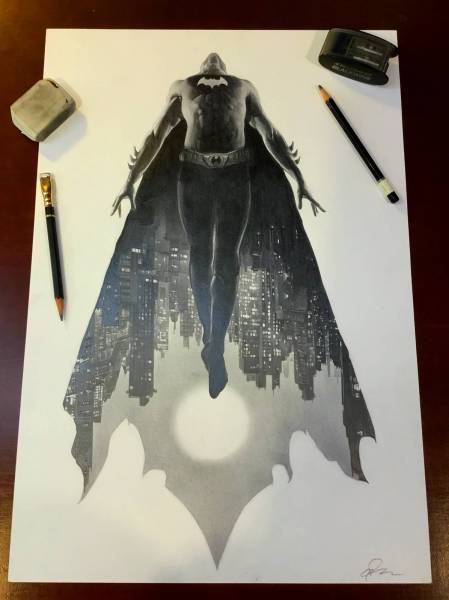
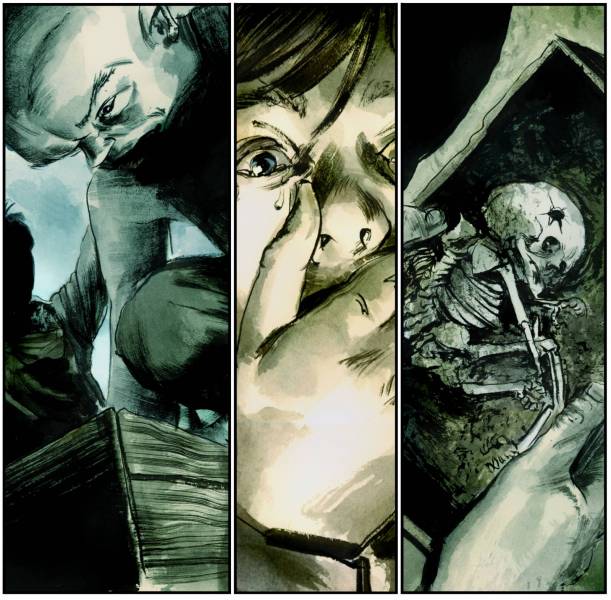

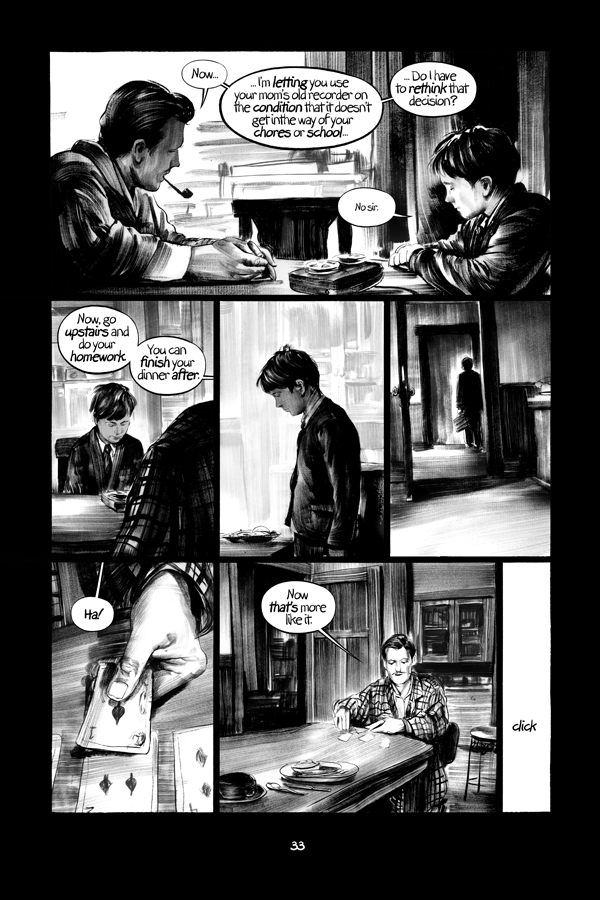

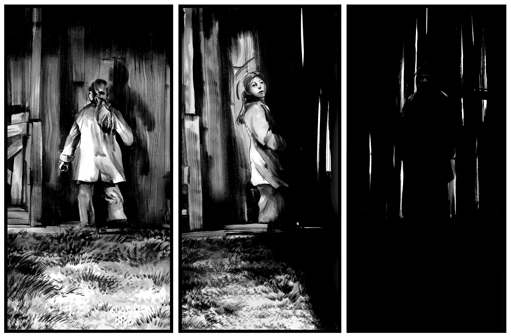
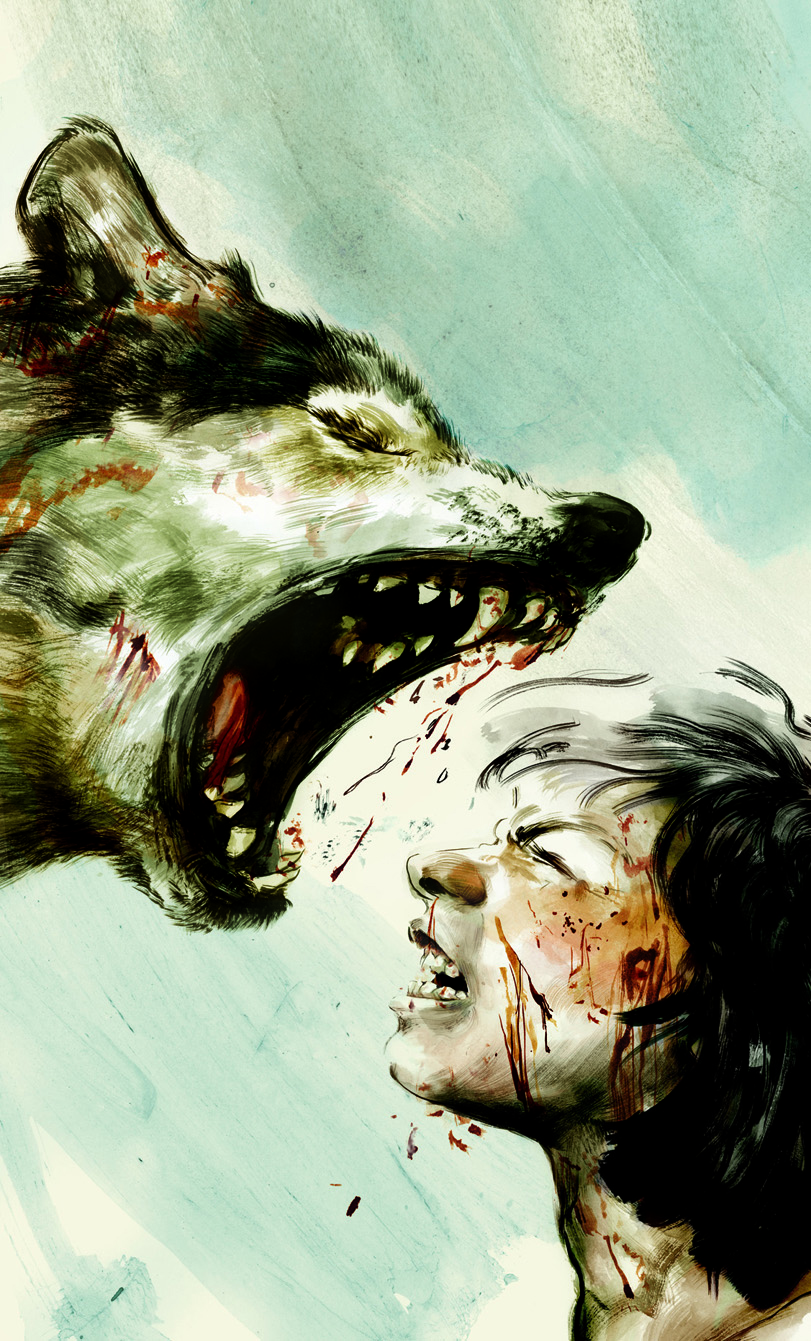
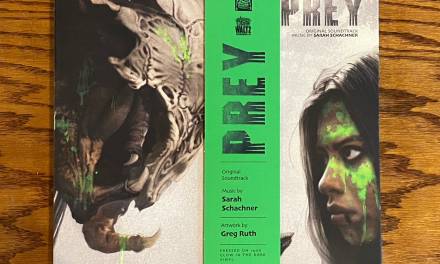
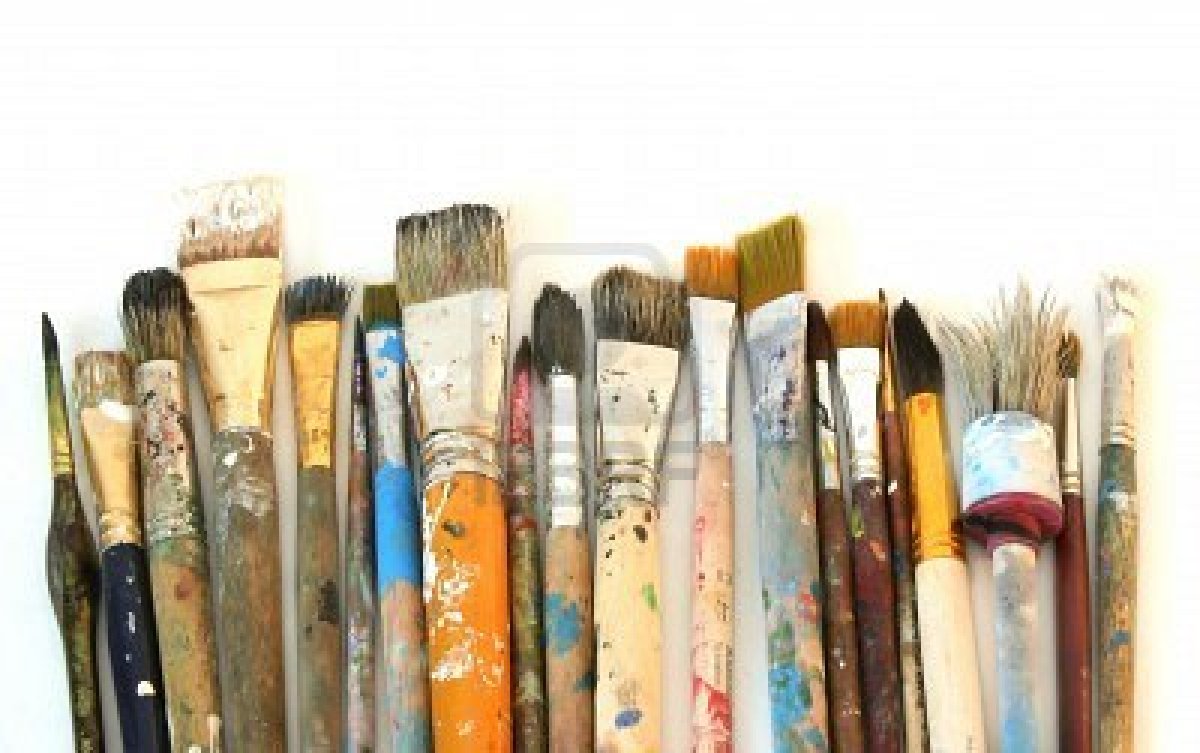
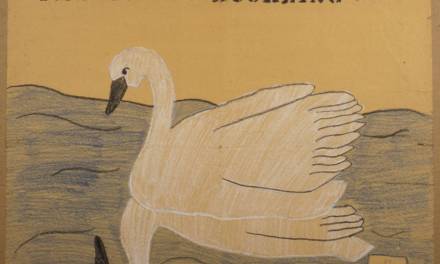
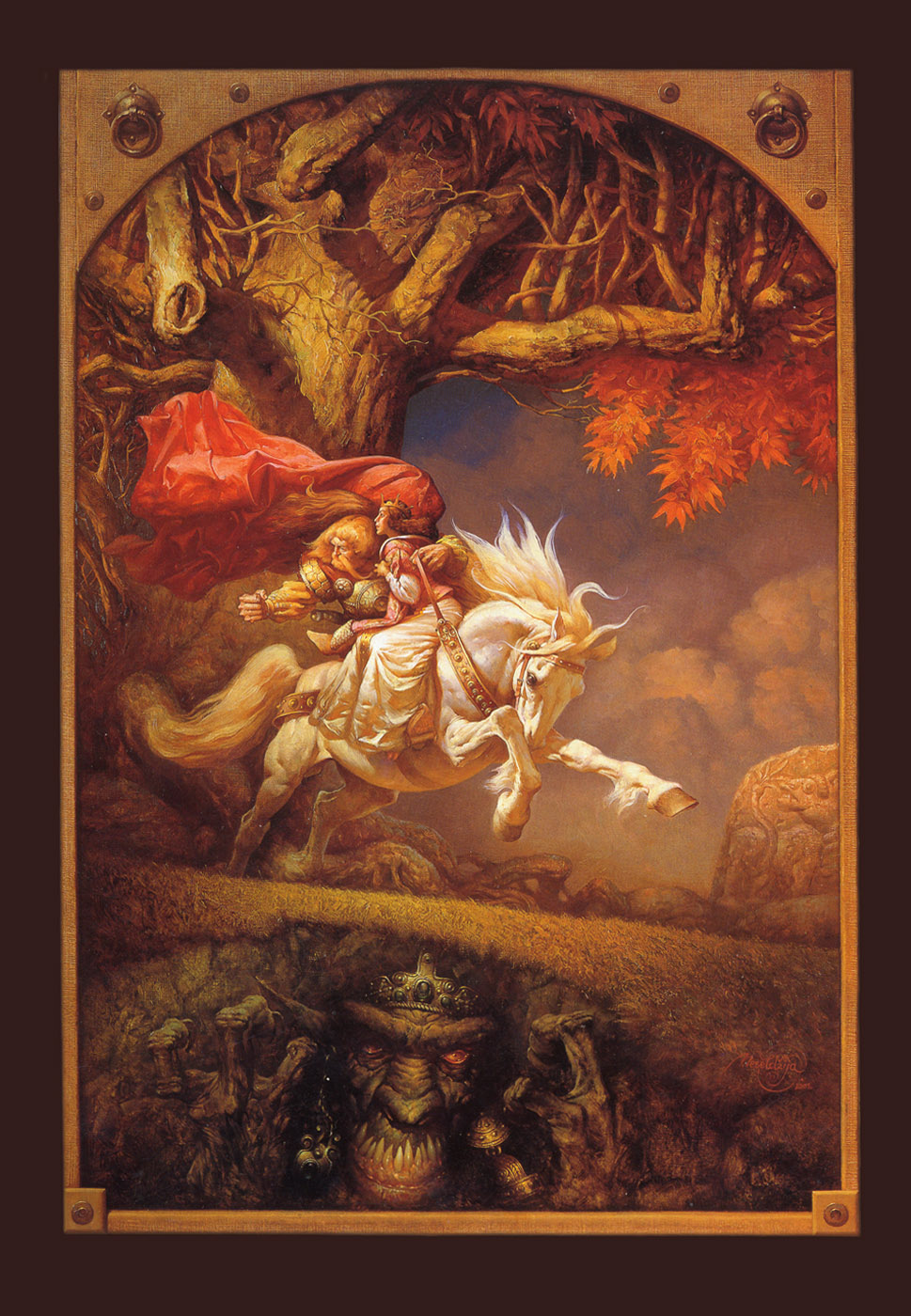
That batman piece made me spit out my morning tea. I mean, fuuuuuuuuuuuuuuuuuuck. It’s so good.
These are all swell points about comics. Cheers for the post!
Greg, this piece resonated with me on so many levels.
I’ve been a comics addict for most of my life- I get what you’re talking about. I’ve been working in and out of comics for all my career and I know I’ll never leave it. Just like you were saying- it informs all the other areas I work in as an artist, and all those areas support my habit (as well as supporting my family…) Love this post so much.